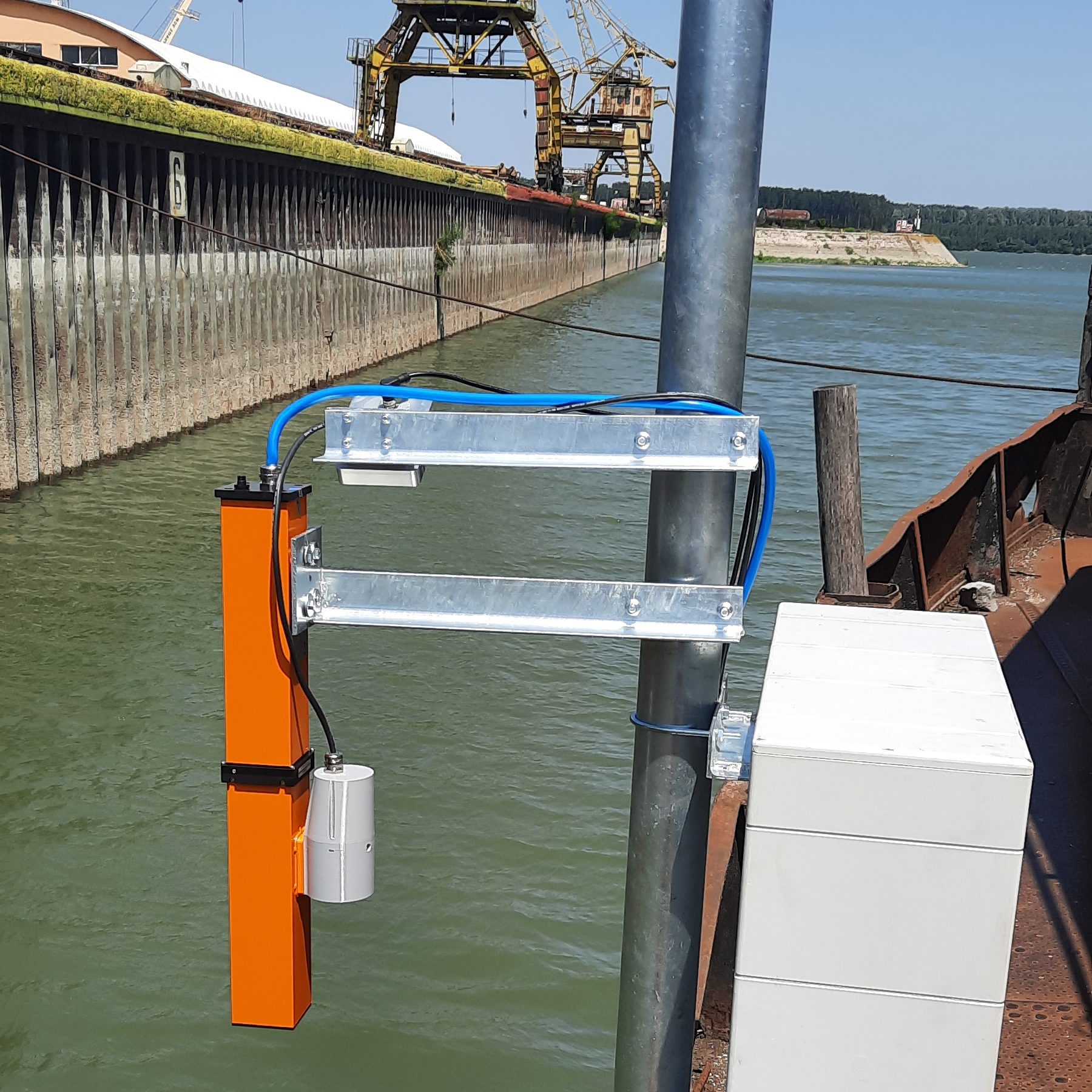Unlocking carbon reduction with advanced oil spill sensors
Unlocking carbon reduction with advanced oil spill sensors
Oil spills not only have devastating effects on marine ecosystems, but they also contribute to climate change by releasing large amounts of CO2 into the atmosphere during cleanup and recovery operations, plus subsequent replacement of lost product. With early detection by our non-contact oil spill detector, ROW, we minimise the environmental impact from accidental oil discharges by enabling rapid response while leaks and spills are still small, mitigating associated CO2 emissions. Large oil spills are typically cleaned up using either detergents, which are harmful to marine life or in-situ burning[1]. Reducing the use for either technique reduces the contribution to climate change from the clean-up.
A single ROW is equivalent to taking over 4 cars off the road each year
For each barrel of oil prevented from spilling, 430 kg of CO2 emissions can be avoided during combustion, in-situ burning. Therefore, depending on the oil spill response method, total emissions can be up to 6x higher from the clean-up effort than simple in-situ burning[2]. Just a single ROW detector preventing a 1000L oil spill (~6,3 barrels) would negate 2.7 metric tons of direct CO2 emissions and up to 19 metric tons including indirect emissions. A hundred ROWs forestalling just a single devastating leak a year would reduce direct emissions by 270 metric tons, up to 1900 metric tons factoring in clean up emissions. That is equivalent to taking 413 family cars off the road[3].
By reducing the amount of CO2 released into the atmosphere, Laser Diagnostic Instruments and our Cleantech solutions contribute to the global effort to combat climate change and preserve our planet for future generations. Our unwavering commitment for over 30 years continues to be to develop and deploy cutting-edge technology to safeguard our environment.
[1] Indirect emissions make a significant additional contribution to the environmental costs of any leak. Before using ISB technique oil spills must be concentrated to create a layer thick enough to burn on water. For this purpose, vessels equipped with booms are used which themselves create CO2. Using other oil spill clean-up techniques (for example, mechanical) requires trucks, backhoes, and front-end loaders. Similarly, detergents are made using fossil fuels and are applied by the same vessels. In any case, any method to remove oil from water itself uses more fossil fuels resulting in overall carbon dioxide emissions from oil spill removal many times higher.
[2] The study “Greenhouse gas emissions from marine oil spills: A case study for the Deepwater Horizon oil spill” estimates that the CO2 emissions associated with oil spill clean up efforts, including in-situ burning, skimming, and the use of chemical dispersants, can range from 60 to 2,800 kg CO2 per barrel of oil spilled, depending on the method used and the efficiency of the operation.
[3] A typical passenger vehicle emits about 4.6 metric tons of carbon dioxide per year – US EPA
Search
Recent Posts
- NORDTEST SRL Showcasing ROW at Ecomondo 2025
- Why Real-Time Monitoring Is Critical for Coastal Infrastructure Protection
- ROW vs Traditional Oil Sensors: A Comparison of Efficiency and Precision
- Meeting ESG Goals with Advanced Oil Detection Technologies
- How to Choose the Right Oil Detection System for Your Industry

